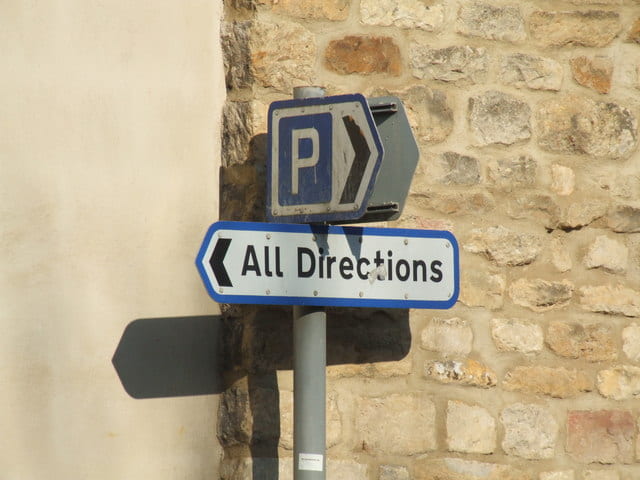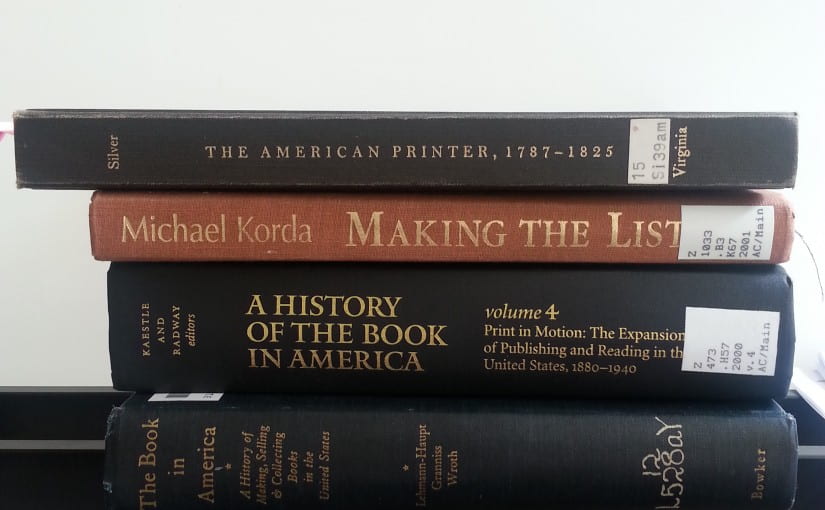Last week, we interns had free reign to do our own research relating to a digital project proposal for the KWE Native American book collection. This meant lots of time exploring different books and articles related to Native American studies and digital humanities tools that could be useful for our digital project. I broke up my time reading and gathering info on two broad subjects that tended to overlap as I began to hone in on what I was interested in. In the one corner, there was Native American literary history. In the other, studies related to the history of American publishing and of American print culture. In many ways it was a week of info dumping- searching catalogs for articles, skimming said articles, checking bibliographies, looking up books… you get the idea. With that said, I think an important take away from this is that there is so much to learn about the fields I’m looking at. That can be daunting, but it’s also cool to be exposed slowly but surely to something new. Anyway, I have a few more takeaways that might be best served as questions. Continue reading Coming up for Air: a Brief Recap on a Week of Research



